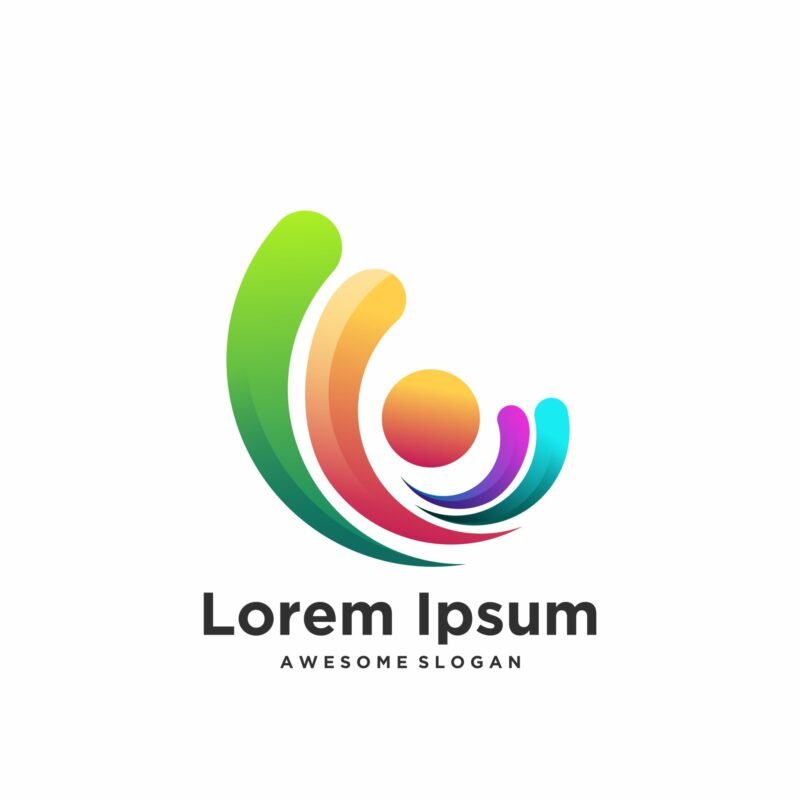Starting your creative journey can feel challenging, but mastering logo design tips for beginners will help you build strong, versatile, and memorable visual identities. A well-crafted logo has the power to elevate your brand’s presence.
According to Fiverr, about three-quarters of consumers recognize a brand mainly by its logo, highlighting its vital role in branding. Logos can quickly show credibility and create emotional resonance within seconds of first contact.
Key Takeaways:
- Understanding the brand’s core identity is crucial for effective logo design.
- Simple, clear, and scalable logos perform best across all uses.
- Thoughtful choices in typography and color for logos greatly impact brand perception.
Logo Design Tips for Beginners: What to Keep in Mind
These tips for designing a logo will guide beginners to create logos that are both attractive and functional in various settings.
1. Ground Your Design in Brand Understanding
Before you begin designing, gain a clear understanding of the brand’s purpose, core values, and target audience. This initial step is one of the most important for any beginner, as it ensures your logo will resonate with the brand’s story and personality.
Skipping this step can lead to a generic or mismatched logo. Ground your creative process in this knowledge, so you can make informed choices about style, symbols, and tone.
2. Do Thorough Research and Sketch Concepts

A woman doing hand-drawn logo sketches | Source: Pexels – Antoni Shkraba Studio
The next logo design tips for beginners is to research logos from competitors to understand common trends and find opportunities to be original. Then, begin sketching concepts on paper to encourage experimentation without software distractions. Rough drafts often reveal new and unexpected design directions.
Once you have a solid idea on paper, it’s time to transform your sketches into a digital design. For beginners, tools like Canva and Looka offer easy ways to practice creating logos digitally. You can also share your work on sites like Dribbble or Behance to showcase your designs.
3. Start in Black and White
Drawing layouts of the logo in black and white first to know its core shape and clarity. It’s essential for ensuring the logo works well in different environments, including without color. Once the form is strong and versatile, color can be added to enhance the design rather than define it. Working in monochrome also highlights any issues with balance or complexity that might be overlooked when color is introduced.
4. Aim for Simplicity and Memorability

Popular and simple logo example | Source: Pexels – Joe Chen
Maintain a straightforward logo that is easily identifiable at first glance. Focus on a single strong idea that viewers can quickly understand. Avoid excessive detail in your logo design. Too much detailing can make the logo lose clarity when resized.
A clear and uncluttered design makes your brand more memorable and remains legible. Minimalist logos also tend to stay relevant longer and adapt smoothly as your brand evolves. Keeping this principle in mind is one of the most important logo design tips for beginners.
5. Use Typography Thoughtfully
Typography affects both the logo’s personality and legibility. Choose fonts that match the brand’s character but remain clear at various sizes. Modify the spacing between letters and adjust kerning to achieve a harmonious and balanced look.
Strong typography supports brand identity effectively. The font choice can evoke emotions or professionalism, so pick styles that align with your brand’s voice.
Also Read : 11 Interactive Website Examples That Inspire Creativity
6. Cultivate Originality That Stands Out

Unique logo-center position examples | Source: Freepik – Andreacharlesta
Create a logo that’s unique and truly represents the brand’s character rather than repeating common symbols or styles. Experiment with shapes, proportions, and layouts.
Add distinctive features or creative twists to infuse personality into your logo. Those authenticity features will catch attention and stay top of mind. Most importantly, it should stay relevant to the brand’s identity.
7. Ensure Scalability and Versatility
Test your logo across multiple sizes, from tiny icons to large signage. It should maintain clarity and impact everywhere. Also, a truly flexible logo performs well across all platforms and formats, so you should also check its contrast against various backgrounds. Consider how it appears in print, digital media, and even embroidery to ensure consistent branding no matter where it’s used.
Also Read : Web Design Footer Best Practices with 10 examples
8. Use Foundational Layout and Visual Principles

The collection of logo layout examples | Pexels – Roman Pohorecki
The next logo design tips for beginners is to leverage balance, symmetry, and negative space to create a professional composition that enhances visual harmony. Utilize these guidelines to naturally capture and direct the viewer’s gaze.
In addition, applying Gestalt concepts (the idea that the human eye perceives objects as a complete whole rather than their individual parts) can also help you introduce subtle messages within your design. At the same time, careful spacing and alignment prevent visual clutter, and this will help the logo be more intentional.
9. Choose Color Strategically
Only add color after perfecting your logo’s form in black and white. This ensures the design is strong on its own, with color serving to enhance it rather than dominate it. Remember that color carries powerful psychological meaning. For example, blue signals trust, red conveys energy, and green reflects growth.
To maintain cohesion, limit your palette to one or two primary colors. Always test your design in grayscale to ensure flexibility, and consider the cultural meanings of colors to avoid any unintended messages.
Also Read : How to Build an Interactive Website in 10 Steps
10. Perfect Your Logo by Embracing Feedback

Embracing honest feedback for better work | Source: Freepik – freepik
The first draft is rarely perfect. Therefore, produce multiple variations and gather honest feedback. Show your logo in real-world settings and gather honest opinions. Leverage mockups to preview how your design works in practical scenarios.
Feedback and multiple revisions improve clarity and effectiveness. Sharing your designs on platforms like LogoLounge or DeviantArt helps you get valuable insights. These communities provide feedback from fellow designers and enthusiasts.
Also Read : Top 10 Common Mistakes in Website Design You Must Avoid
Elevating Your Design with Thoughtful Type Choices
By this far, we already know that designing a logo is about creating a strong visual identity that lasts. When you apply these logo design tips for beginners, like simplifying your design and testing it for flexibility, you’ll build a logo that stands out everywhere.Beyond shape and color, typography plays a key role in completing your logo’s story. Hence, using the stunning sans-serif fonts collection is a great way to strengthen your brand’s value. This font line has a unique curved style and looks more modern. Check out Letterara Studio for more details.

